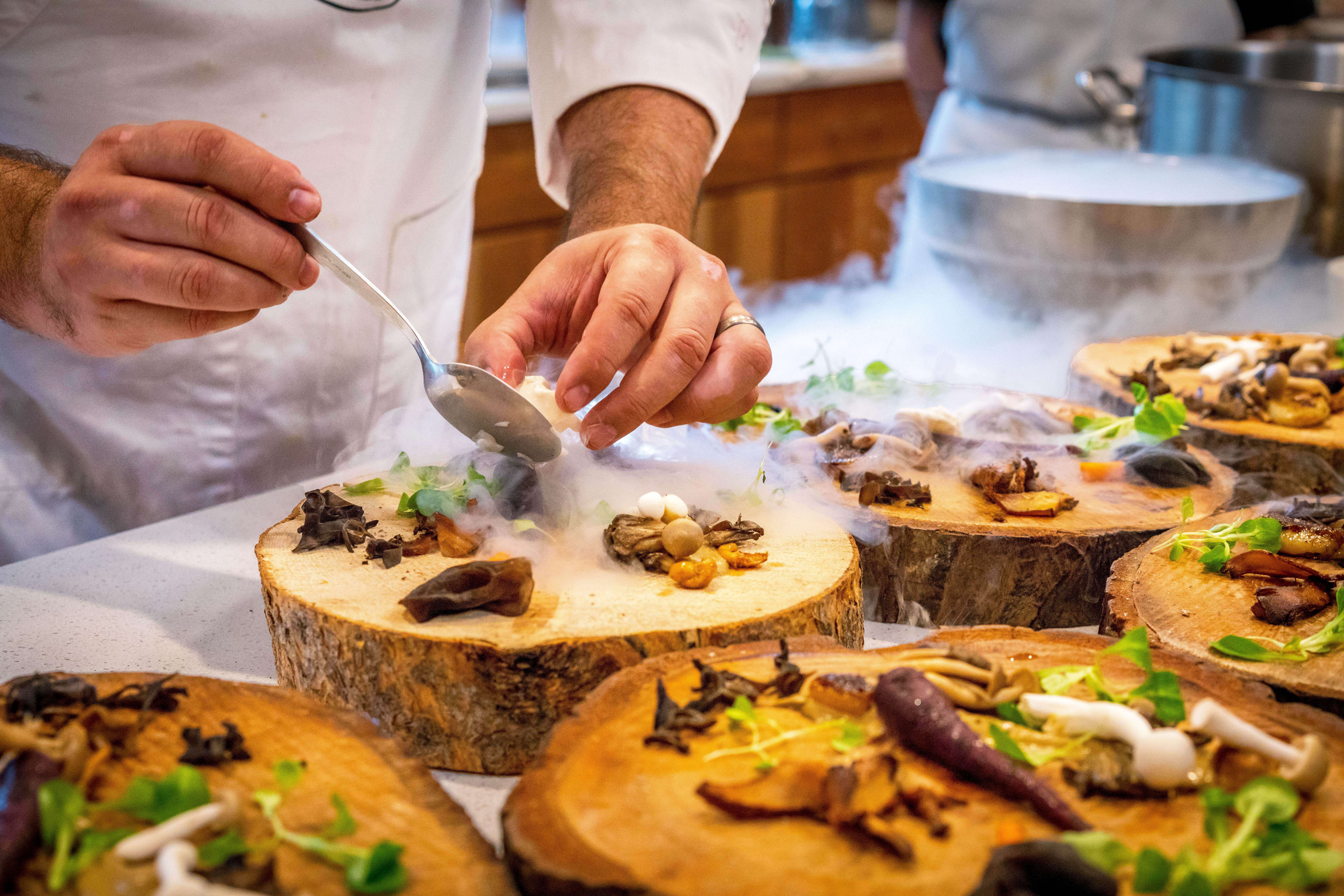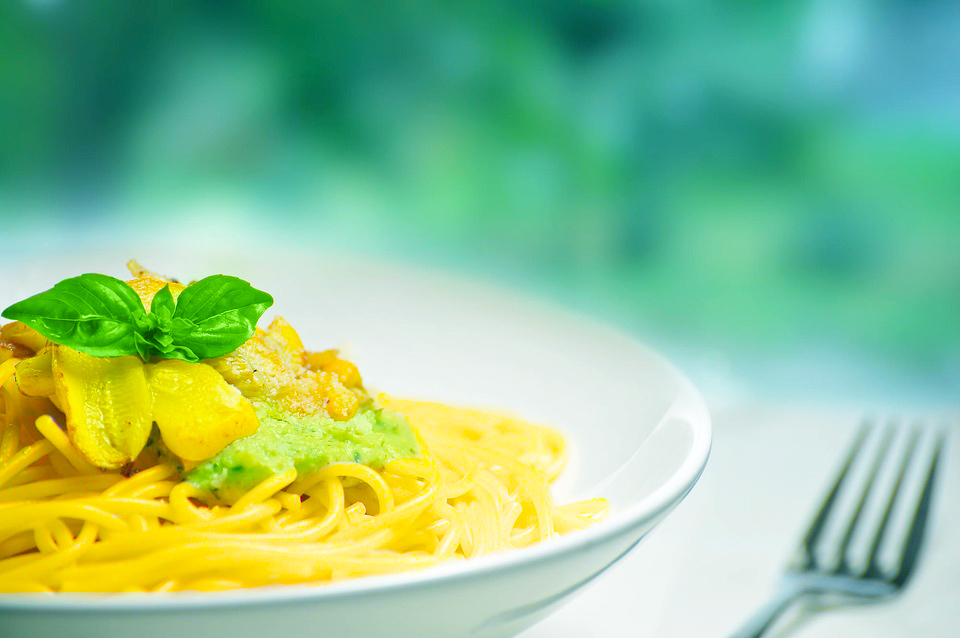
Experiments are the root of change, of new trends that could possibly become classics. Cruise ship chefs should look at experimenting as ways to understand the ingredients they work with, and how they interact with each other.
But it’s not just a matter of putting two random ingredients on a plate and keeping your fingers crossed. Experimenting correctly involves a lot of research and trials. Here are a few ideas to help you get started
Flavour base ingredients
Often, it is a subtle change that can enhance a flavour. Think of the classic salt with chocolate to bring out the sweetness, or a dash of cinnamon in a cake. Cruise ship chefs can make similar subtle changes to dishes on board – flavouring breads, butter and yogurt with various herbs to introduce new flavour elements into a dish. Garlic butter, for example, is so 20th century. We’re looking at butter flavoured with walnut and blue cheese, Thai curry, salty anchovy, and even chocolate and orange ganache.
Think like a child
Children see wonder in everyday things. They look at the most mundane things with a new perspective. To make food interesting, it can help to think like a child. Make your food colourful and look at creative ways of presenting it. Edible ‘dirt’ is already quite popular. Combine this with edible ‘glass’ made of sugar syrup, peanut butter ‘play dough’ and non-toxic glowing ‘slime’ to create themes of gardens and fantasy worlds. This works well for cruise ship chefs around festivals such as carnivals, Thanksgiving, Halloween and independence or national day celebrations.
Make your food more visual
Experiments with food do not have to involve just taste. Life is more visual now – social media has taken over and images are everything. Illusions can come in handy when presenting food. Think of edible containers or cutlery – bread bowls for dips and soups, flavoured dough fashioned into spoons and forks. Mellower Cafe in Singapore serves a cotton candy coffee that offers guests an unusual way of drinking coffee with a cotton candy ‘cloud’ that melts into your cup using the heat from the coffee.
The New Yorker magazine even discussed how visuals can change the way food is tasted. A study showed how participants rated a strawberry-flavoured mousse 10 per cent sweeter when it was served in a white container over a black, and coffee tasted almost twice as strong but two-thirds as sweet when served in a white mug instead of a clear glass one.
Combine tastes and textures
Cruise ship chefs can experiment with different cuisines that have similar components. Perhaps Mexican and Indian, or north African and European food. There may be interesting matches to be made in flavour fusions here. But chefs can also take a classic dish and switch up textures to be innovative. Perhaps rice crackers with a chutney that reminds you of curry – the flavours are familiar to the Goan palate, but the textures surprise. Deconstructed pies can also be served innovatively. Use local flavours to switch things up – ube or purple yam from the Philippines, Durian in Indonesia, dragon fruit in Mexico, feijoa in Brazil, salsify from Europe, oca from New Zealand, etc. This will help you experiment with interesting flavour combinations and also use ingredients grown in the ports you visit.


